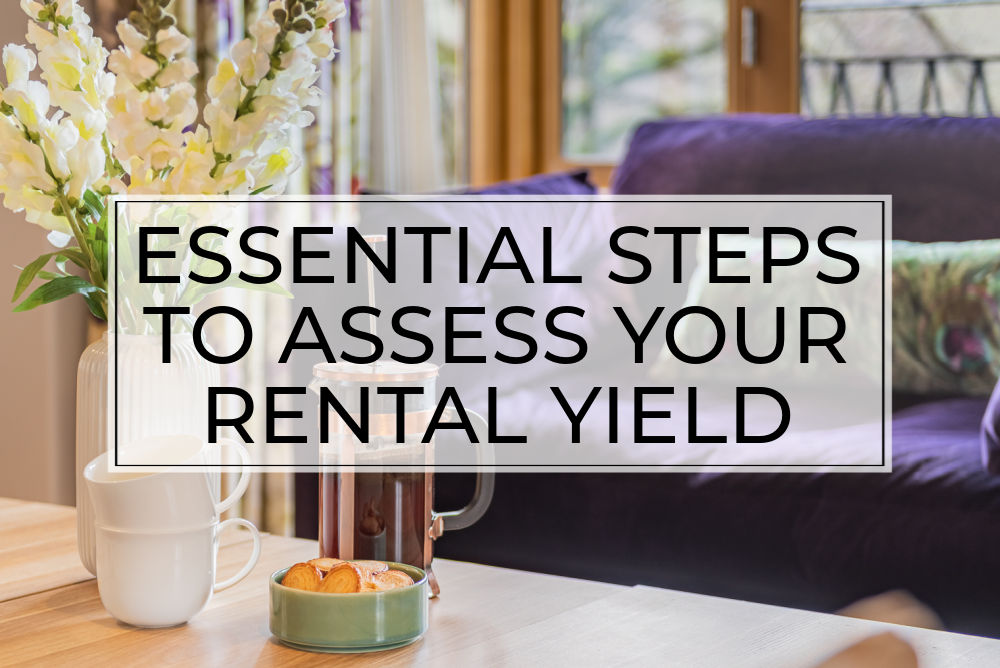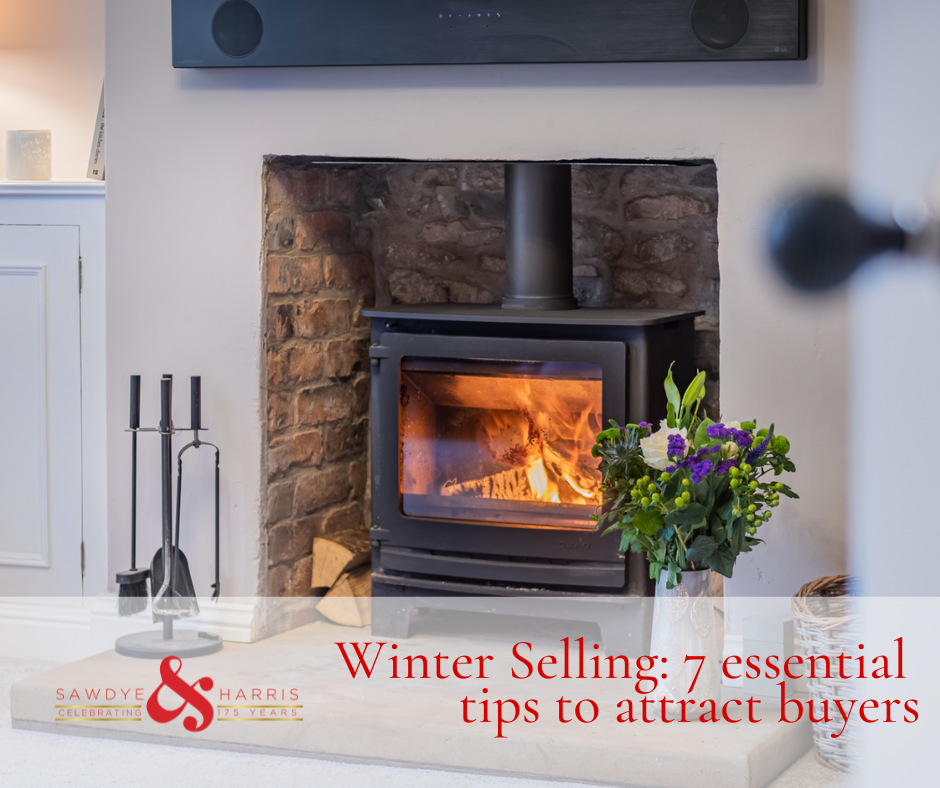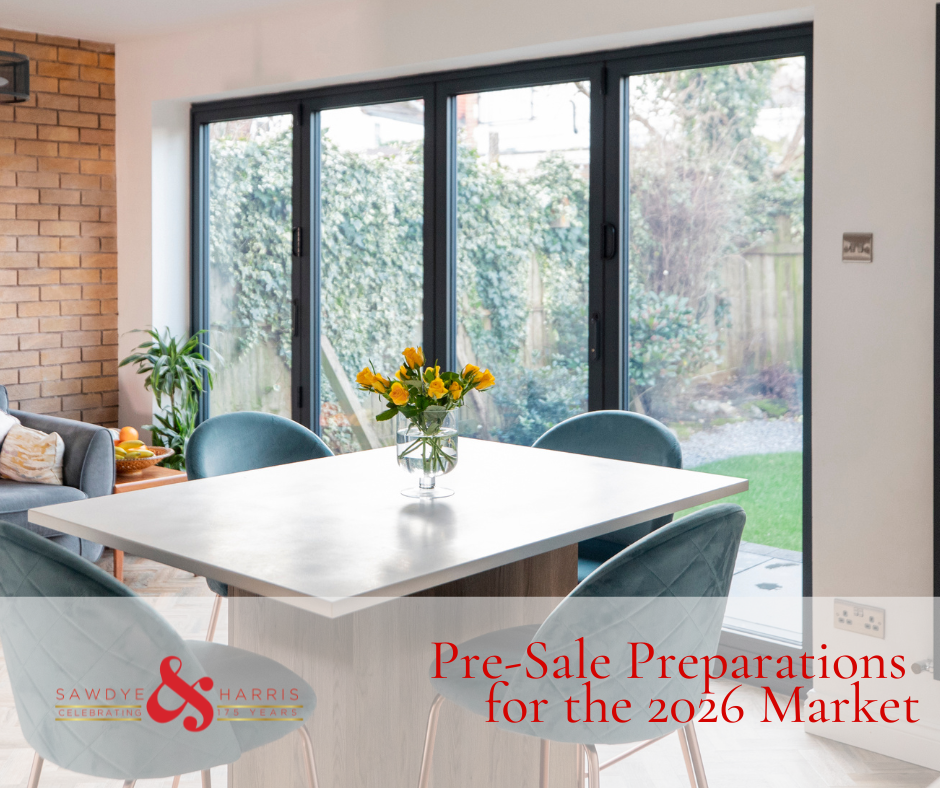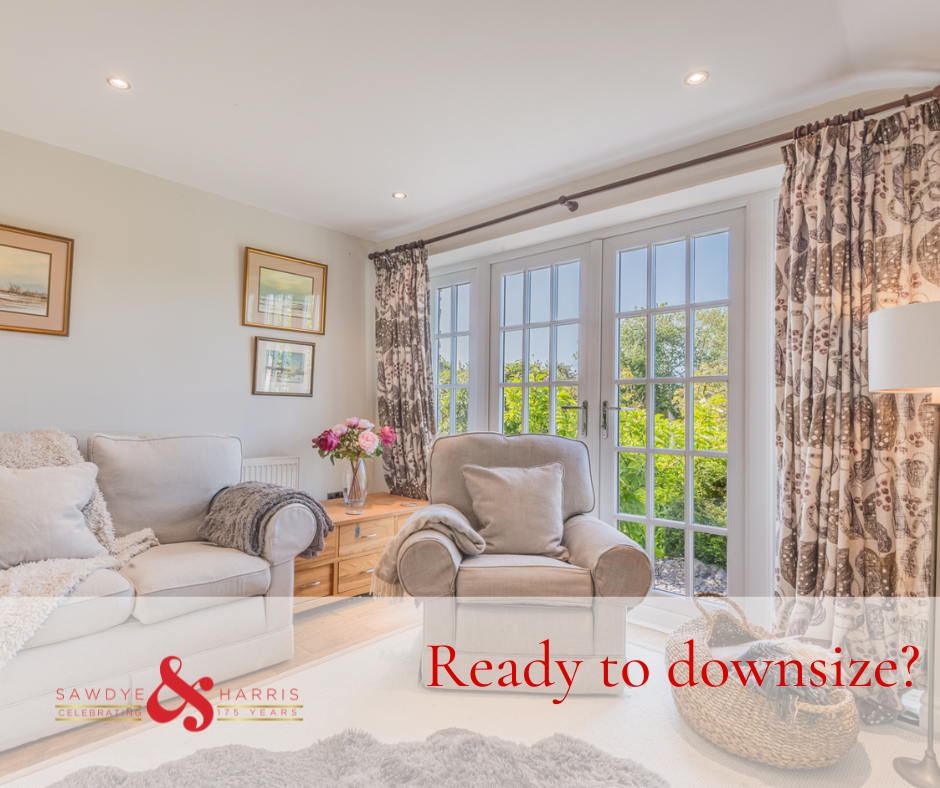Essential steps to assess your rental yield
As a landlord, it’s important to be able to assess whether a property is likely to be a good investment before you buy it. Then, once your property’s rented out, it’s helpful if you can check periodically to make sure the basic rental return is keeping up with – and hopefully beating! – the average for your local area.
Although there are a few different measures you can use to work out how well a property investment is doing (or is likely to do), gross yield is the figure that’s most commonly quoted in the lettings industry.
Gross yield is the annual rent expressed as a percentage of the value of the property. It’s a basic indicator of how good an investment a property is from a rental income perspective, and it allows you to quickly compare one property with another. Then, if you want a better idea of how much profit a property will generate, you can deduct costs to make a net rental yield calculation.
If you’re not used to working out yields, or you’re unsure about how they can help you compare investments, you’re in the right place!
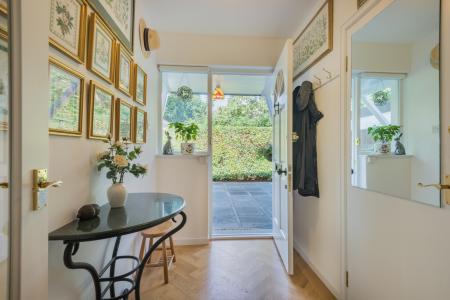
Here’s our step-by-step guide to assessing rental yield:
Step 1: Know the property’s current value
The value of the property is the first figure you need in order to make the yield calculation. If you’re in the process of choosing a property to buy, you can take the asking price as the value. If you want to know the current value of a property you already own, you can check the price of comparable properties online or contact us any time for an up-to-date market appraisal.
Step 2: Know the annual rental income
Secondly, you need the annual rental income amount. If you already own the property, simply multiply the monthly rent you’re currently charging by 12. If it’s a property you’re considering buying, you can look online to see the advertised rents for similar properties or, for a more accurate figure, speak to one of our lettings team.
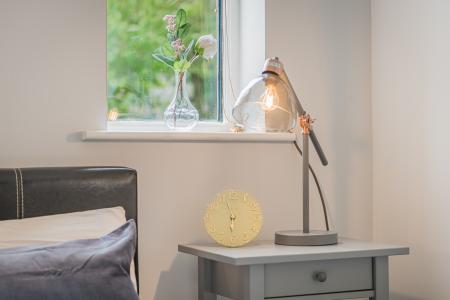
Step 3: Calculate the gross yield
Using the property value and annual rent figure, you can then calculate the gross yield. That will tell you how good the rental income is versus the property value, and it’s a good basic way to compare properties to see which could give the best return for your investment. A simple example:
- A property is on the market for £100,000 and would generate £5,000 a year in rental income
(£5,000 ÷ £100,000) x 100 = a 5% yield
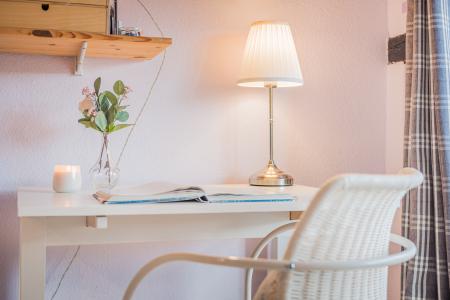
Once you know the yield of a property, you can compare it with the average for the area, the country or the whole UK. And where it becomes particularly valuable for you as an investor is when you’re comparing properties to buy, especially when they have different purchase prices.
For example:
- Property 1 is £180,000 with potential annual rental income of £7,500
- Property 2 is £210,000 with potential annual rental income of £8,500
- Property 3 is £170,000 with potential annual rental income of £7,000
At first glance, it’s clear that the more you pay, the higher the rental income, but it’s harder to see which makes the better investment from a rental perspective. That’s where the gross yield calculation comes in:
- Property 1 = 4.16% yield
- Property 2 = 4.04% yield
- Property 3 = 4.11% yield
So, property 1 looks as though it may be the better investment from a rental income perspective.
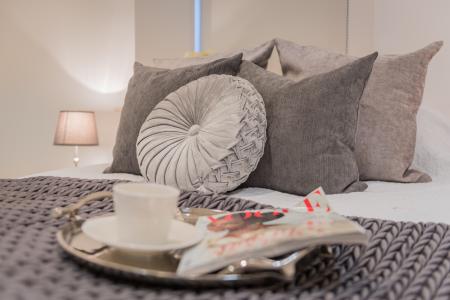
While gross yield is a helpful basic indicator that allows you to compare any number of rental properties, what’s often very useful for you as a landlord – particularly when you’re deciding between properties to buy – is to work out the net rental yield. This takes into account all the costs associated with an individual property, so you get a much better idea of which will give you the most relative rental profit each month.
Step 4: Know the ongoing costs associated with the property
In order to calculate the net yield and profit figure, you need to know all the ongoing costs associated with your rental property. Older homes, leasehold properties and properties with more land, for example, tend to have higher running costs. So, while different properties could have the same gross yield, the net yields might vary enough to affect your decision about which one to buy. Key annual costs you should investigate include:
- Ground rent and service charges for leasehold properties
- Approximate costs for general maintenance and likely repairs to the property
- Garden maintenance costs
- Servicing costs for fireplaces, log burners or specialist heating systems
- Septic tank maintenance charges
- Any shared access costs
And don’t forget to include the monthly mortgage payment, which may vary according to the purchase price.
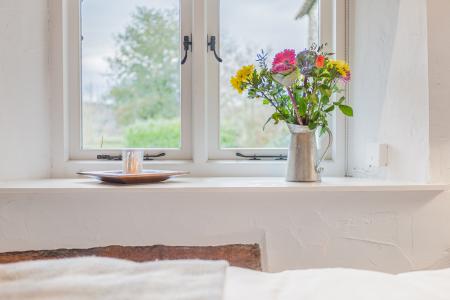
Step 5: Calculate the net yield
Calculating the net yield is important, as it indicates how profitable a rental property is. The gross yield simply tells you the income in relation to the property value, but the net yield is about how much money you’re making. The calculation is similar to the one for gross yield, but it uses the annual rental profit figure, rather than annual rental income. For example:
- A property is on the market for £100,000 and would generate £5,000 a year in rental income
- The annual property costs are £2,200, giving a rental profit of £2,800
- (£2,800 ÷ £100,000) x 100 = a 2.8% yield
Now, let’s say you were deciding between two quite different types of property:
Property 1: A modern leasehold flat, worth £175,000, with an estimated rental income of £10,200 a year (£850 pcm). The interest-only mortgage cost is £4,500 a year and the other costs around £2,300. That gives a gross yield of 5.8% and a net yield of 1.9%.
Property 2: A Victorian semi-detached house, worth 180,000, with an estimated rental income of £9,960 a year (£830 pcm). The interest-only mortgage cost is £4,560 a year and the other costs around £1,400. That’s a gross yield of 5.5% and a net yield of 2.2%.
So, although Property 1 appeared the better investment from a gross yield perspective, when you take into account the ongoing costs, it’s actually Property 2 that gives a better net rental return, even though it’s slightly more expensive and has a lower annual rental income than property 1.
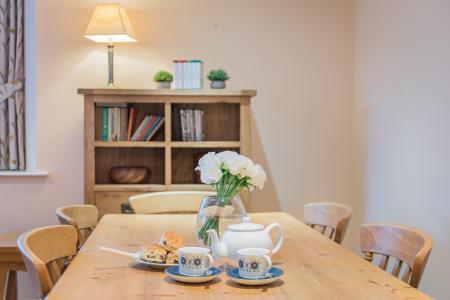
Note: Check how advertised yields have been calculated
Generally speaking, the average yields published by companies like Nationwide and quoted in the media are gross figures that use the same basic calculation as we’ve detailed. However, some companies – and particularly new-build developers – have their own standards for what they call ‘gross’ and ‘net’ yields.
For instance, for the ‘property value’, they might include renovation costs or simply use the price originally paid, rather than the current market value. And for the ‘net rental income’ figure, they may simply have deducted the average mortgage payments, but no other costs. So, always make sure you’re clear on how other sources have calculated the yield they’re quoting; then you can make sure you’re comparing like with like.
Of course, rental yield is just part of the picture when you’re assessing the quality of a property investment. There’s also the annual return on your invested funds to consider and capital growth to factor into your profits over time. But if you know how to calculate gross and net yield, you’ve always got a reliable tool that will allow you to assess the level of rental return for any property.
If you have any questions about rental yield or you’d like to find out which properties and locations in your area tend to achieve the best yields, please get in touch with us. We’re always happy to share our experience and help landlords achieve the best possible returns. Call us on 01364 652652 or email katie@sawdyeandharris.co.uk and we’ll get right back to you.

